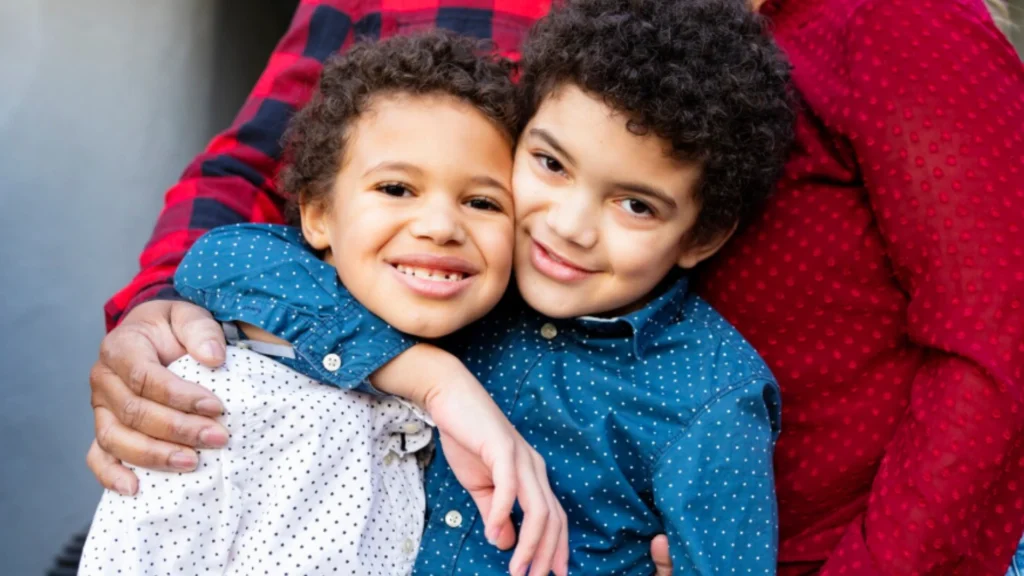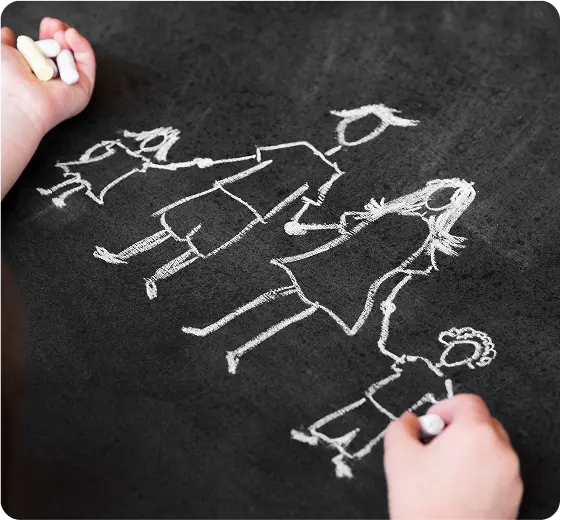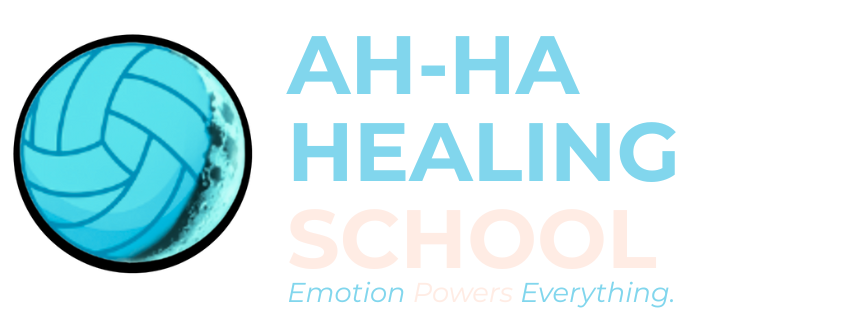
Introduction: The Stormy Side of Family Life
Family is supposed to be a place of safety and connection, but for many, it’s also where some of our biggest challenges emerge—especially during the teen years. Sibling rivalry, emotional outbursts, and power struggles can leave parents feeling helpless and kids feeling misunderstood.
What if these disruptions aren’t just “bad behavior,” but signals that deeper emotional needs are going unmet? At AH-HA Healing, we believe emotional fitness is the missing ingredient for transforming family conflict into growth, resilience, and lasting connection.
The Science: Sibling Relationships, Adolescence, and Emotional Health
Research by Feinberg et al. (2012) shows that sibling relationships are powerful predictors of social skills, emotional regulation, and even mental health outcomes. The teen years, in particular, are marked by rapid brain development, heightened sensitivity, and a quest for independence—all of which can fuel family friction.
Key findings:
– Sibling rivalry and conflict are normal, but chronic disruption predicts anxiety, depression, and risky behaviors.
– Teens’ emotional brains are wired for intensity; they need guidance, not just discipline.
– Emotional coaching from parents and caregivers builds resilience, empathy, and self-regulation.
The Current Landscape: What’s Being Offered
Most family support resources focus on:
– Behavior management and discipline strategies
– Family therapy and counseling
– Parenting books and online forums
– School-based programs for social-emotional learning
These are valuable, but often miss the heart of the problem: unprocessed emotional pain, unspoken needs, and patterns passed down through generations.
What’s Missing:
A holistic, science-based approach to emotional fitness that addresses the root causes of family conflict and empowers every member to grow.
What Is Emotional Fitness in Family Dynamics?
Emotional fitness is the ability to:
– Recognize and name emotions—your own and your children’s
– Respond to conflict with curiosity, not just correction
– Repair after arguments and build trust over time
– Model self-regulation and empathy, even during chaos
It’s about teaching kids and teens that all emotions are valid, and that families can weather storms together—and come out stronger.
Emotional Fitness vs. Traditional Discipline
– Traditional Discipline: Focuses on stopping “bad” behavior, often through punishment or rewards.
– Emotional Fitness: Focuses on understanding the feelings and unmet needs driving the behavior, and building skills for repair.
The first can create shame and resentment. The second builds connection and resilience.
The Hidden Costs: When Emotional Fitness Is Missing
Without emotional fitness, family conflict can lead to:
– Chronic sibling rivalry and resentment
– Parent-teen power struggles and emotional distance
– Anxiety, depression, or acting out in children and teens
– Cycles of blame, guilt, or avoidance
Families may stay stuck in old patterns, missing opportunities for real growth and healing.
The Research: Emotional Coaching and Family Resilience
Feinberg et al. (2012) and other studies show that families who practice emotional coaching:
– Experience less conflict and more cooperation
– Raise teens with higher self-esteem and lower risk of mental health issues
– Build communication skills that last a lifetime
Current Solutions—And Their Limits
What’s Out There:
– Family counseling and therapy
– Parenting courses and support groups
– School-based SEL programs
– Behavior charts and reward systems
What’s Missing:
– Trauma-informed, science-based emotional fitness training for the whole family
– Tools for processing generational patterns, grief, and unmet needs
– Community and ongoing support for real-life challenges
– Integration of emotional fitness into daily family routines
AH-HA Healing’s Approach: The Science of Emotional Pain in Family Life
At AH-HA Healing, we know that family disruption is a call for healing—not just for kids, but for parents, too. Our programs blend 30+ years of research, the Science of Emotional Pain, and holistic wellness practices.
Our Four-Quadrant Model for Families
1. Mental:
– Challenge limiting beliefs about “good” families and “bad” behavior
– Teach growth mindset and self-reflection
2. Emotional:
– Trauma-informed workshops for processing pain, loss, and old wounds
– Tools for emotional regulation, empathy, and repair
3. Physical:
– Integrative practices: movement, rest, nutrition, and play
– Understanding how emotions show up in the body
4. Spiritual:
– Reconnecting with family purpose, values, and authentic connection
– Practices for gratitude, forgiveness, and hope
.
What We Offer
– Family Retreats: 7-day immersive experiences for healing and connection
– Workshops & Coaching: Emotional fitness training for parents, teens, and siblings
– Digital Wellness Community: Ongoing support, resources, and connection
– Free Guides: Tools for emotional check-ins, family rituals, and resilience
Practical Tips: Building Emotional Fitness at Home
1. Emotion Naming Rituals:
Make it a habit to share one feeling at dinner or bedtime.
2. Model Repair:
When you make a mistake, apologize and show how to make things right.
3. Create Connection Rituals:
Family meetings, gratitude circles, or shared activities build trust.
4. Encourage Healthy Expression:
Let kids and teens voice their feelings, even when it’s hard to hear.
5. Seek Support:
Join a workshop, connect with a coach, or participate in a supportive community.
Real Stories: AH-HA Healing in Family Life
“Our home used to be filled with arguments and tension. AH-HA Healing’s approach helped us understand each other and heal together.”
— Lisa, Parent
“I never knew how much my feelings mattered. Now, my family actually listens—and we’re closer than ever.”
— Steven, Teen Workshop Participant
Call to Action
Ready to transform sibling disruption and teen drama into family resilience?
Join our next Family Retreat, download our free guide, or connect with our digital wellness community at ahhahealing.com







Emotional fitness is the wellness revolution the world has been waiting for—a vital shift beyond the limits of traditional mental health. It’s time to separate emotional fitness from outdated systems of therapeutic funding, education, and hopelessness.